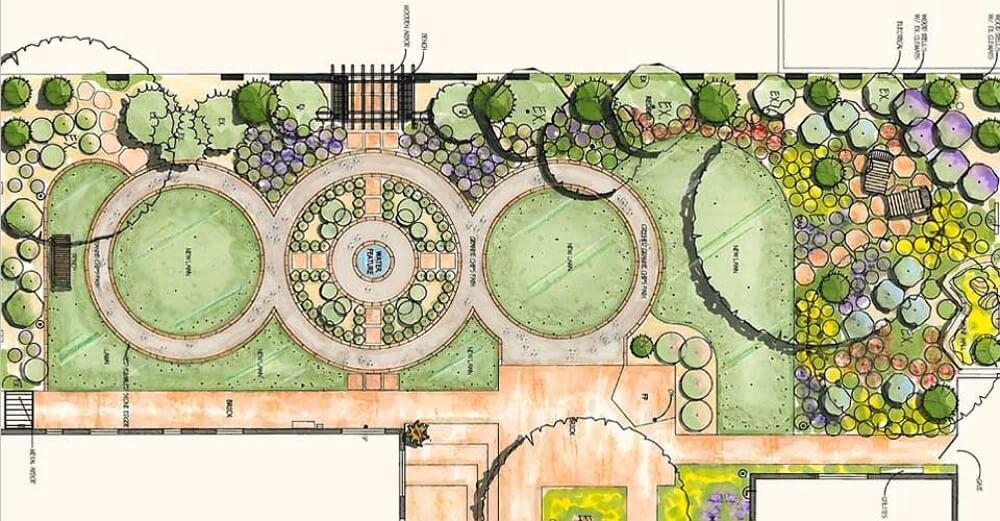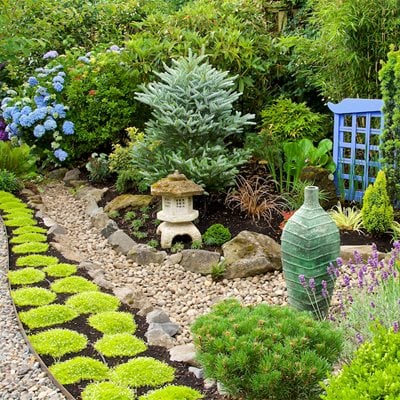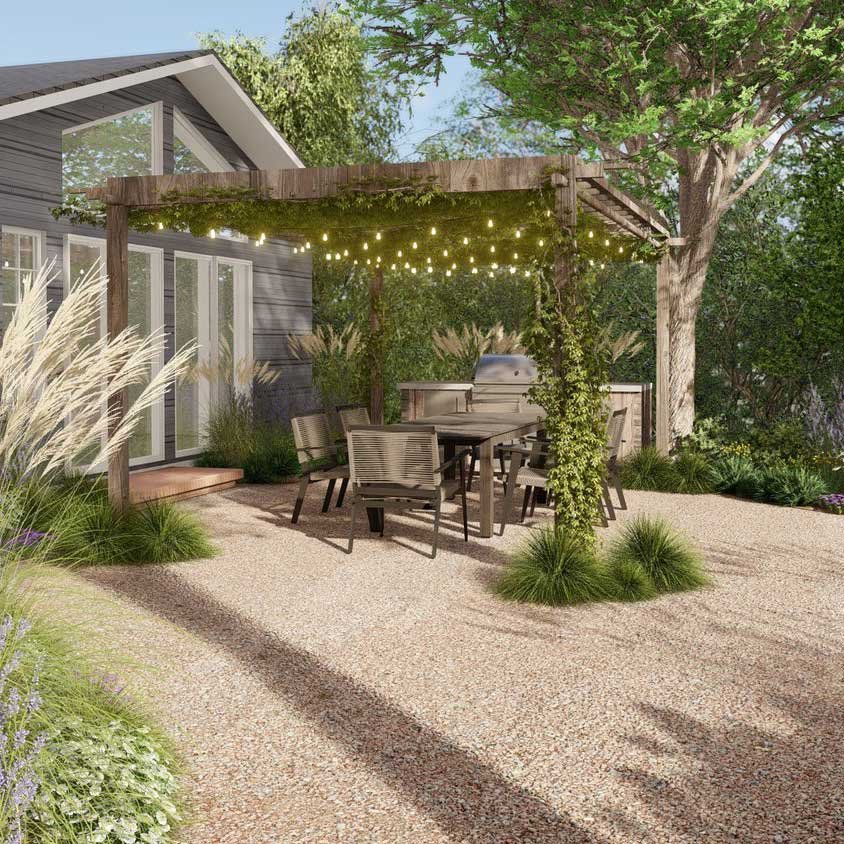Landscapers - The Facts
Table of ContentsThe 20-Second Trick For LandscapersThe smart Trick of Landscapers That Nobody is DiscussingThe smart Trick of Landscapers That Nobody is Talking AboutThe Best Strategy To Use For LandscapersThe Ultimate Guide To LandscapersSome Known Factual Statements About Landscapers
- A garden feature where water is stood for by an accumulated stone product, generally a crushed rock or granite.- A rock or flagstone patio area, course, or sidewalk developed without a concrete base.- A stone preserving or cost-free standing wall surface developed without the use of mortar. - An underground framework that gather water and enables it to slow down percolate right into the dirt around it.
Landscape design that works with a sites' setting in both look and sustainability without adverse impacts to the atmosphere. Bordering in the landscape is a line of demarcation that develops visual passion in the garden by separating one segment from one more sector. This can be visual or useful, keeping one component (such as pea gravel) from getting combined right into one more (like bark dirt).
Locations can additionally have a sensation of "enclosure" offered by trees, other plantings, fences, or displays. The landscape near the entrance to a building.
10 Simple Techniques For Landscapers

The component in a landscape style or location in a landscape that is suggested to be most popular. The prime focus can be a plant, stone, sculpture, gathering space, or various other landscape function. A style of gardens or yard components that worry straight lines, ideal angles and circles. Bushes or bushes found in beds near the structure of a home or other structure.

About Landscapers
Rock product, either rounded or fractured, that is fairly little- usually 1" or much less. Reduced plants that are enabled or urged to spread over a location. Can refer to any kind of "hard" yard components including statuary or boulders but most frequently is made use of to describe courses, outdoor patios, and walls.: Elevation distinction between the level of water in a pond (or the degree of the pump if it rests outside the fish pond) and the top outlet of water which impacts efficiency of the water pump in gph (gallons per hour). Dense hedges or trees that create a fencing, screen, or border.
A chemical made use of to manage weeds. Fencing boards that run horizontally, usually made use of in modern or Japanese-inspired landscape styles. Lines that specify rooms within a landscape principle. These often expand from corners or vital attributes of an existing framework. Correct use fictional lines can help the landscape feel attached to the home and various other aspects.
Typical PNW landscapes are casual. A plant that spreads more than preferred, or into habitats where it does damage.
Landscapers Fundamentals Explained
Can include head positionings and coverage, pipeline sizing, GPM specifications, and products required to install this system. Licensed professional who creates landscapes, educated in engineering and architecture their website as well as in gardening.
The specialist who prepares and establishes landscape jobs, normally at a household or small industrial degree with the significant design incentive on plantings. Landscape developers commonly have less education than Landscape Architects and are not accredited. A completed landscape style, detailing all components for the new landscape. This normally takes the type of an illustration on paper.
Calcium material used to raise the pH in dirt, which will certainly make it less friendly to moss (Landscapers). A water limited HDPE product made use of beneath fish ponds, streams and waterfalls in water attributes. Using many plantings of the same range to fill in a location in the landscape. This can decrease upkeep and water use in the yard.
A mix of cement, sand, and water that is used in rock masonry for setting rocks and joints. A layer of compost or bark dust applied at the base of a plant. A mass planting of moss. A plant that existed in a geographic area prior to people began transforming the landscape.
Some Known Factual Statements About Landscapers
Exactly how the yard or a yard component is set up in connection to an existing or brand-new feature or to a direction. Yards that are not trimmed but expanded in look here landscapes as perennials.

Plants that offer seasonal interest and then die back in the winter season. Cold season lawn that is the most common turf yard in Portland, OR and the rest of the PNW.An open roofed structure over a patio or various other landscape attribute.
Basalt accumulated varying in dimension from 1/4" down to dirt. One of the most usual landscape gravel in the PNW. Area of the landscape developed to take care of go now water till it can saturate into the ground. A chain that regulates water as it travels from a roof covering seamless gutter to the ground. Yard framework that develops a planting area that is had and more than the bordering grade.
Structure made of wood, concrete, leading stones, blocks or various other products for stabilizing inclines and preventing too much disintegration. Slim watercourse. Producing a yard attribute consisting largely of rocks with growings that match and can prosper in the rocky setting. Lawn sprinkler head style that turns a stream of water across a location.
Examine This Report about Landscapers
